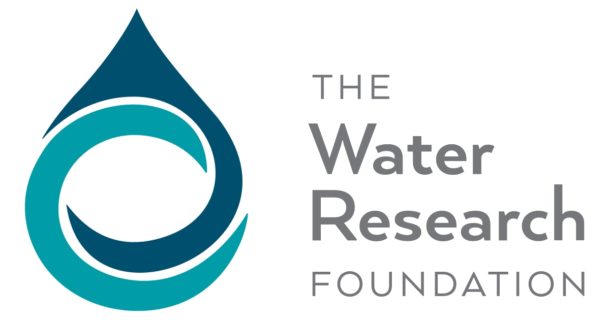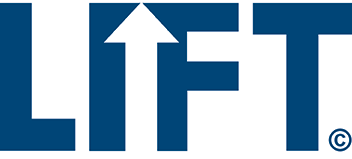The Water Environment Federation (WEF) and The Water Research Foundation have launched the fourth Intelligent Water Systems Challenge to spur the increased use of technology and data to solve some of the most difficult issues faced by the water industry. For the Intelligent Water Systems Challenge, teams assemble from utilities, engineering firms, technology companies, and Read more
WEF

The Water Environment Federation (WEF) and The Water Research Foundation have launched the fourth Intelligent Water Systems Challenge to spur the increased use of technology and data to solve some of the most difficult issues faced by the water industry.

For the Intelligent Water Systems Challenge, teams assemble from utilities, engineering firms, technology companies, and universities and then work to develop innovative solutions for specific scenarios. This year, the scenarios focus on collection systems, wastewater treatment systems, drinking water treatment systems, source water, and distribution networks. Teams must register by April 11.
A panel of water experts will evaluate submissions, identify teams for the finals, select winners at WEFTEC, WEF’s annual Technical Education and Conference held October 8-12 in New Orleans. The winning team will receive a cash award of $10,000. In addition, Xylem will be awarding $2,500 for the “Most Elegant Solution.”

The Intelligent Water Systems Challenge provides professionals and students with the unique opportunity to collaborate together and help utilities solve existing problems,” said WEF President Jamie Eichenberger. “The competition showcases the value of intelligent water systems to utilities and fosters adoption of technology that harnesses the power of data, which is critical to our sector.”
The Intelligent Water Systems Challenge is hosted by LIFT, a joint effort by WEF and The Water Research Foundation, and is also supported by the American Water Works Association, BlueTech Research, Cleveland Water Alliance, IEEE Smart Cities R&D Committee, International Society of Automation Water and Wastewater Industries Division, Smart Water Networks Forum, and The Water Council. To date, more than $80,000 in prize money has been awarded and 116 teams have participated.

Previous finalists in the competition developed solutions that had tangible impacts and improvements for the water sector. The past winners include:
- A team from Clean Water Services and Princeton University developed a soft sensor system for process control and optimization.
- A team from the City of Boulder, Colorado School of Mines, Baylor University, and Carollo Engineers developed practical considerations of operating and advancing ammonia-based aeration control.
- A team from the Great Lakes Water Authority and the University of Michigan developed a tool to maximize the use of existing collection systems and minimize combined sewer overflows in Detroit.
A new report from the Brookings Institution provides a detailed and data-driven look at careers in the water sector, finding that while there are looming shortages and a need for diversity in the workforce, water jobs are a tremendous economic opportunity for the American worker. The Water Environment Federation encourages its members to closely review Renewing Read more
A new report from the Brookings Institution provides a detailed and data-driven look at careers in the water sector, finding that while there are looming shortages and a need for diversity in the workforce, water jobs are a tremendous economic opportunity for the American worker.
The Water Environment Federation encourages its members to closely review Renewing the Water Workforce: Improving water infrastructure and creating a pipeline to opportunity, which was released June 14.
“The report reveals the sizable economic opportunity offered by water jobs, including the variety of occupations found across the country, the equitable wages paid, the lower educational barriers to entry, and the need for more diverse, young talent,” write authors Joe Kane and Adie Tomer of the Brookings Institution.
Kane and Tomer examined occupational employment data and made several key findings:
- In 2016, nearly 1.7 million workers were directly involved in designing, constructing, operating, and governing U.S. water infrastructure, spanning a variety of industries and regions.
- Water occupations not only tend to pay more on average compared to all occupations nationally, but also pay up to 50 percent more to workers at lower ends of the income scale.
- Most water workers have less formal education, including 53 percent having a high school diploma or less. Instead, they require more extensive on-the-job training and familiarity with a variety of tools and technologies.
- Water workers tend to be older and lack gender and racial diversity in certain occupations; in 2016, nearly 85 percent of them were male and two-thirds were white, pointing to a need for younger, more diverse talent.
“While the Water Environment Federation and our colleagues across the water sector have long been aware of the challenges and opportunities of our workforce, we are grateful that the Brookings Institution produced this timely, detailed report that contains fresh data,” said Eileen O’Neill, WEF Executive Director. “It is imperative on all of us to examine the findings and accelerate our efforts to ensure a sustainable and talented water workforce.”
This spring WEF nationally launched a jobs program that provides training and certification in the field of green infrastructure. The National Green Infrastructure Certification Program (NGICP) establishes national requirements for working on green infrastructure projects, promotes a skilled green workforce, streamlines the process of connecting qualified talent to in-demand jobs, and supports community-based job creation in U.S. cities. NGICP is working with local organizations to expand the program nationally, including partnering with community colleges and STEM high schools to incorporate the curriculum into educational institutions and member associations to engage existing infrastructure workers. NGICP is also partnering with workforce development organizations to engage many of the chronically un- and under-employed in urban areas across the country.
WEF also maintains the Job Bank, continually updated site with new employment listings for careers in wastewater, including water and wastewater management, operations, consulting engineering, and other career paths in water quality. Visit the Job Bank.
To read the Brookings report visit: https://brook.gs/2HCBFdj
